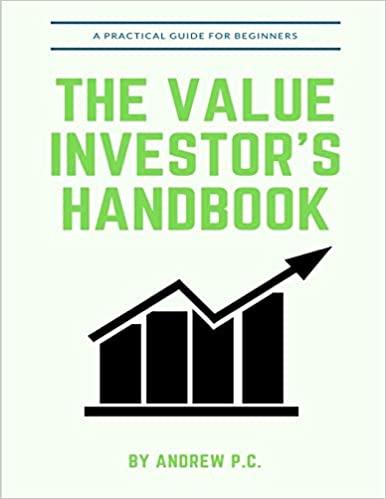A JOB AT EAST COAST YACHTS, PART 1 You rocently graduated from colloge, and your job search lod you to East Coast Yachts. Bocause you felt the companys business was seaworthy you acceptod it job oflar The first day on the job, while you are finishing your employment paperwork. Dan Ervin, who works in financo, stops by to inform you about the cornpany's 40+(k) plan. A 401(K) plan is a retirement plan ottered by many oorpanies. Such plans are tax-delerred staings vehicles, meaning that any deporits you make into the plan aro deducted from your current pretax income, so no current taxes are paid on the money. For example, assume your salary will be $50,000 per year- If you contribtito $5,000 to the 401(k) plan, you will only pay taxes on $47,000 in income. There are also no taxes paid on any capltal gains or income while you are invested in the plan, but you do pay takes when you withdraw money at retirement. As is taily common, the company also has a 5 percent match. This means that the company will maich your coritribution up to 5 percent of your salary, but you must contribute to get the match. The 401(0) plan has several cptions for imvestments, most of which are mutual funds. A mutual fund is a portfolio of assots, When you purchase shares in a mutual furnd, you ate actually purchasing partial ownership of the fund's assets. The roturn of the fund is the weighted average of the return of the assets ownod by the fund, mincis any oxpenses. Tho largest expense is typically the management fee, paid to the fund manager. The managoment fee is compensation for the manager, who makes al of the invesiment decisions for the fund. East Coast Yachts uses Blodsoo Financial Services as its 401(k) plan administrator. The irvestment options offered for employoes are discussad tielow. Cempany Stock. One option in the 401(k) plan is stock in East Coast Yachts. The company is currontly privately held. However, when you intarviewed with the ownor, Larissa Warren, the informed you the company stock was expected to go public in the next three to four yoars. Until then, a company atock, price is sot oach yoar by the board of directort. Biedsoe S8P 500 index Fund This mutual fund tracks the S8P 500. Stocks in the fund are weighted exactly the same as the S8P 500, This means the fund retum in pproximately the return on the SBP 500 , minus expenses. Because an index fund purchases assets based on the composition of the indexit is following. the find inarager is 16 percent of assets per year. Bledeoe 8 mall-Cap Fund. This fund primarily imvests in smas-captalization stocks. As such, the retums of the fund are more voiatile. The fund can also irivest 10 fercent of its assets in companies based cutside the United States. This Hind charges 1.70 percont in expenses. Budsoe and has ouperformed the market in tike ol the last eight yearo. The fund charges 1.80 percont in expenses. Btedsoe Bond Fund This fund invests in long-term corporate bonds issued by U.S.domicled companies The fund is restricted to investimponts in bonds with an mestment-grade cridit rating. This fund charges 1.40 percont in expensos. 3. Assume you decide you thould invest at least part of your money in large-capitalization stocks of companies based in the United States. What are the advantages and disadvantages of choosing the Bledsoe-Large-Company Stock Fund compered to the Blodsoe S8P 500 index. Fund? 4. The retums on the Bledsoe Small-Cap Fund are the most volatile of all the mutual funds offered in the 40tik) plan. Why would you evar want to invest in thia fund? When you examine the expenses of the mutual funds, you will notice that this fund also has the highest expenses. Does this affect your decision to invest in this fund? 5. A measure of risk-adjusted performance that is often used is the Sharpe ratio. The Sharpe ratio is calculated as the risk premilum of an asset divided by is standard deviation. The standard deviation and return of the funds over the past 10 years are listed below. Caloulate the Sharpe ratio for each of these furde. Asaume jases that the expected return and standard deviation of the company stock wil be 15 percent and 65 percent, respectivoly. Calculate the . Sharpe ratio for the company stock. How appropriate is the Sharpe ratio for these assets? Whan would you use the Sharpe ratio? Assume the risk-free rate was 2 .78 persent








